- Dear Lawyer, the image of a village being pushed by floodwaters to an “unwilling sand mine” has made the public both sympathetic and confused. What do you see from this story?
Floods bring sand, bring valuable resources, but people suffer a lot. Fields are buried, paths are blocked, lives are disrupted. The figure of "20-30 billion VND" if the sand auction is successful sounds big, but the value of loss - livelihood, memories, living environment, no price list can determine.
Therefore, this is not just a mineral story, but a test of policy mechanisms and handling of problems arising in life.
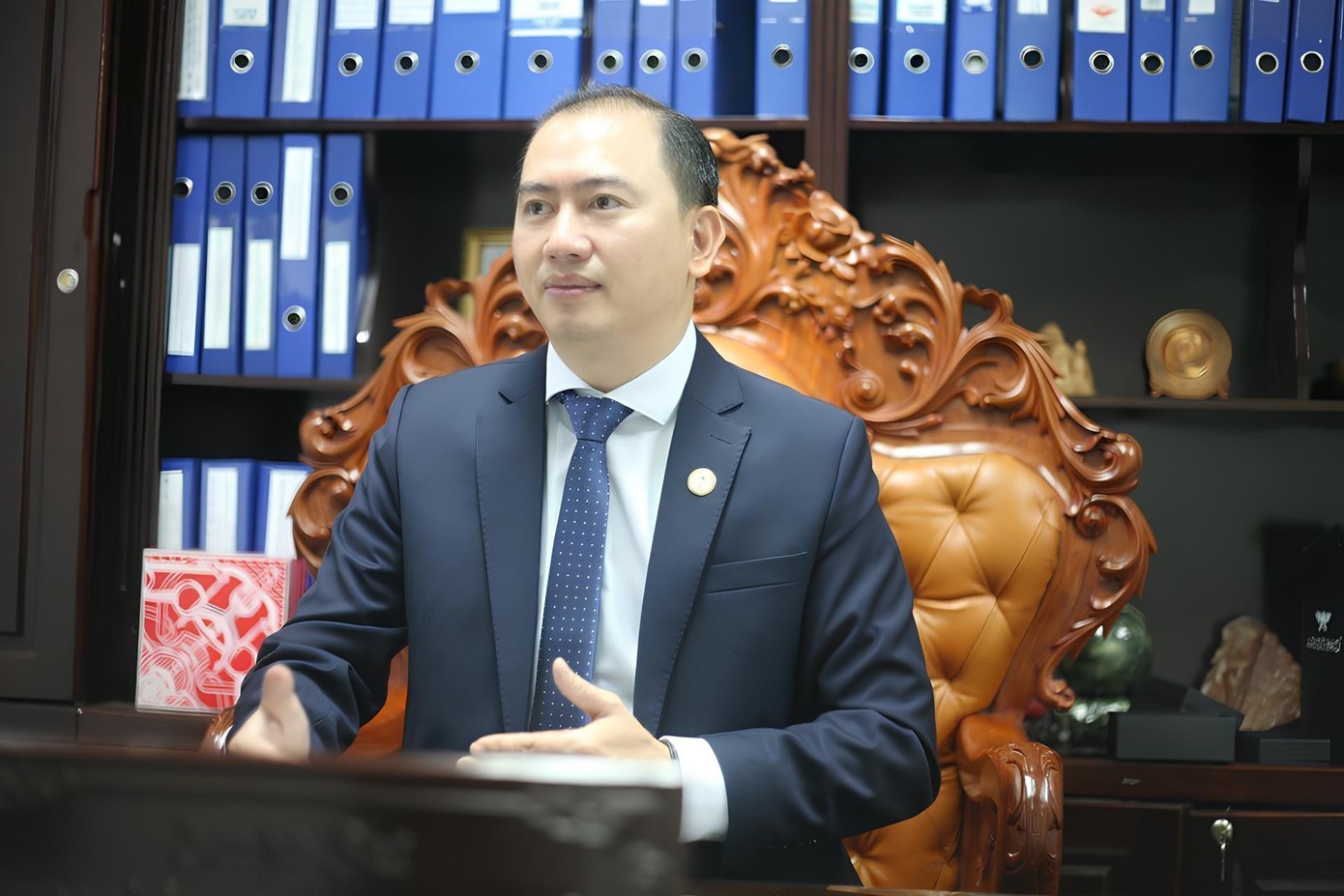
- In this matter, many people are concerned about the fact that people can only "stand by and watch" even though the resources are located right on their land, and can only be used for their families; and only the State has the right to exploit them for sale. What is your opinion on this issue?
Mineral resources are owned by the people and managed by the State, that is correct.
But in my opinion, the principle of "harmonizing interests between the State - enterprises - people" has not been operated vividly enough according to current legal regulations.
The current Law on Minerals and Civil Law are built on the principle of unified management and public ownership of resources. The 2024 Law on Geology and Minerals (Article 3) itself establishes the spirit: Ensuring harmony of interests between the State, organizations, individuals and people in the locality where resources are exploited.
In reality, people are the first and long-term risk bearers, but are little or not clearly involved in the benefit cycle.
- You mentioned the concept of “property formed by natural disasters” but it is not regulated by law. Is this case a typical example of that legal gap?
Yes! Natural disasters can take away, but they can also leave behind. When floods come, they leave behind a valuable layer of golden sand, a natural resource. If that new asset appears on land where people live, they should be considered affected subjects and have a right to participate in the decision-making process.
I think that the Law on Minerals and the Law on Natural Disaster Prevention need to add a separate chapter on this type of resource, so that people are not forever spectators in their own land.
- Some opinions say that expanding rights for citizens will complicate licensing procedures. What do you think?
A little more complicated, but worth the trouble. When people are listened to, they cooperate more, disputes are reduced, and social costs are lower. That is “smart management.”
A mining decision is, in essence, a moral commitment between the government and the people. When people feel they are part of the process, procedures are no longer barriers, but bridges of trust.
- If you have the right to make a recommendation, what solution would you propose to harmoniously handle similar cases like this?
I have three recommendations:
First, fair and transparent benefit sharing: When new resources are discovered due to natural disasters, a reasonable sharing ratio must be established for the affected people and localities, commensurate with the damage they suffer.
Second, rebuilding the community before exploitation: All auction or licensing activities must prioritize overcoming the consequences of natural disasters first, leveling and restoring land, regenerating livelihoods, and rebuilding infrastructure.
Third, tripartite dialogue: State, businesses, people: Dialogue is not to divide shares, but to agree on the principle: exploitation must go hand in hand with recovery.
If this is done, each resource mine will no longer be a test of trust, but a testament to a legal system that listens to people.
Thank you, Attorney!

Regarding the handling of the above mentioned amount of sand, with a small volume but affecting the production and daily life of the people, it is possible to implement a recovery solution during the process of overcoming the consequences of storms and floods; with a large volume, there needs to be a management and exploitation solution to ensure effective use of resources and minerals, minimizing negative impacts on the daily life and production of the people. This person believes that the legal regulations on geology and minerals in each of these cases are sufficient, local authorities can consider the actual situation to apply appropriately.
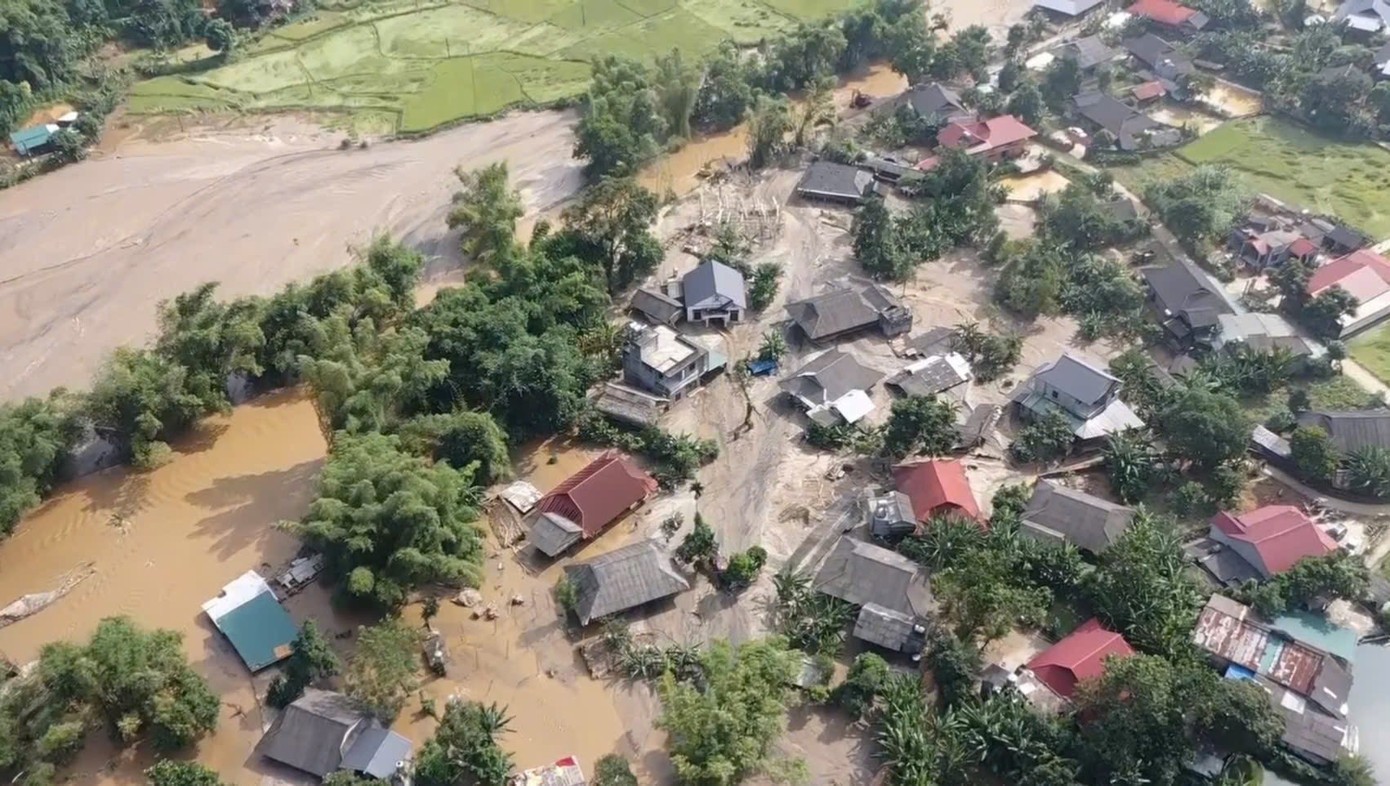
Regarding the mineral auction plan, this expert said that this is a public, transparent and appropriate management solution when there is consensus from the people. “If the people agree, organizing an auction is a transparent and reasonable solution. The way of handling this case needs to be flexible, both ensuring the legitimate rights of the people and complying with the State's principles of mineral resource management,” the expert emphasized.
Source: https://baolaocai.vn/hon-100000-m3-cat-tran-vao-lang-chuyen-gia-de-xuat-co-che-xu-ly-tai-san-hinh-thanh-do-thien-tai-post886928.html


![[Photo] General Secretary To Lam and National Assembly Chairman Tran Thanh Man attend the 80th Anniversary of the Traditional Day of the Vietnamese Inspection Sector](https://vphoto.vietnam.vn/thumb/1200x675/vietnam/resource/IMAGE/2025/11/17/1763356362984_a2-bnd-7940-3561-jpg.webp)





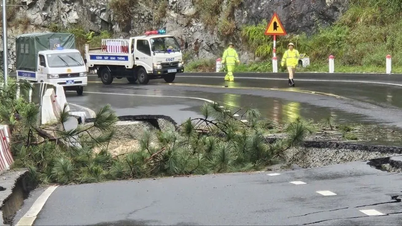





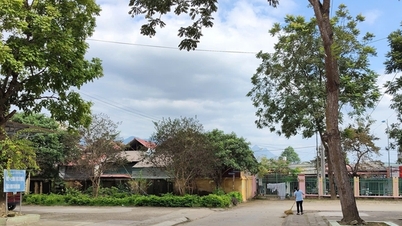

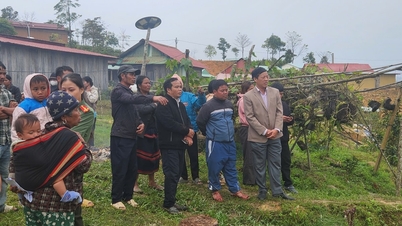





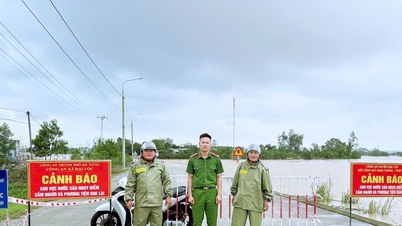



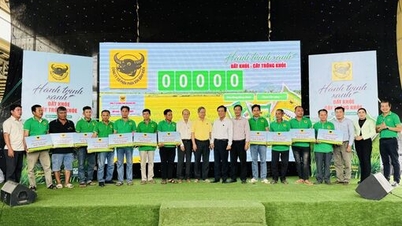

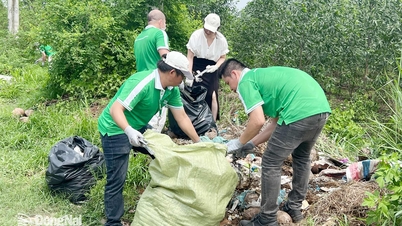

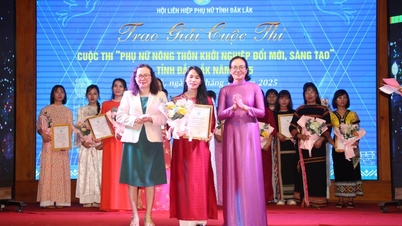





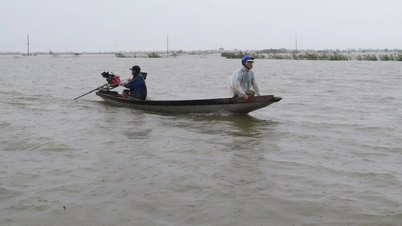
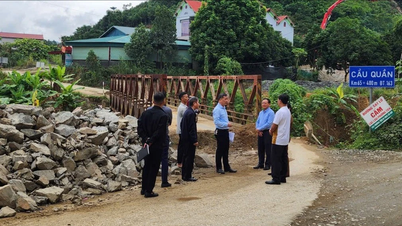
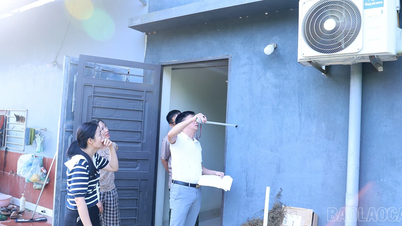
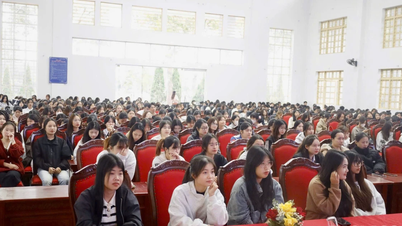

















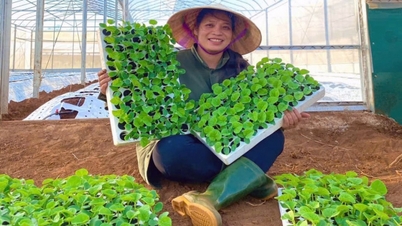







































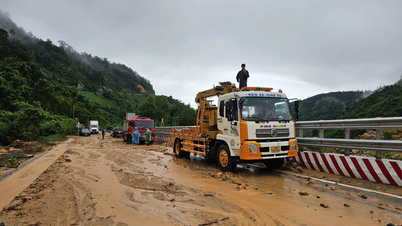

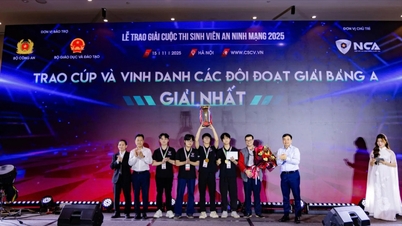

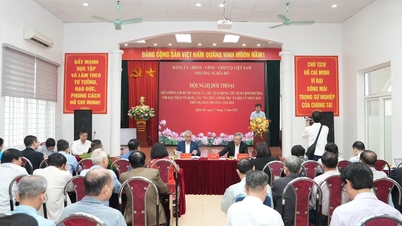


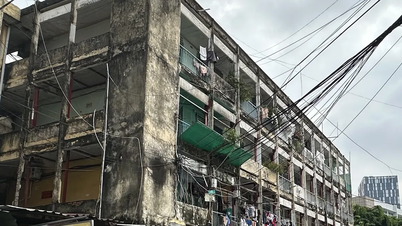










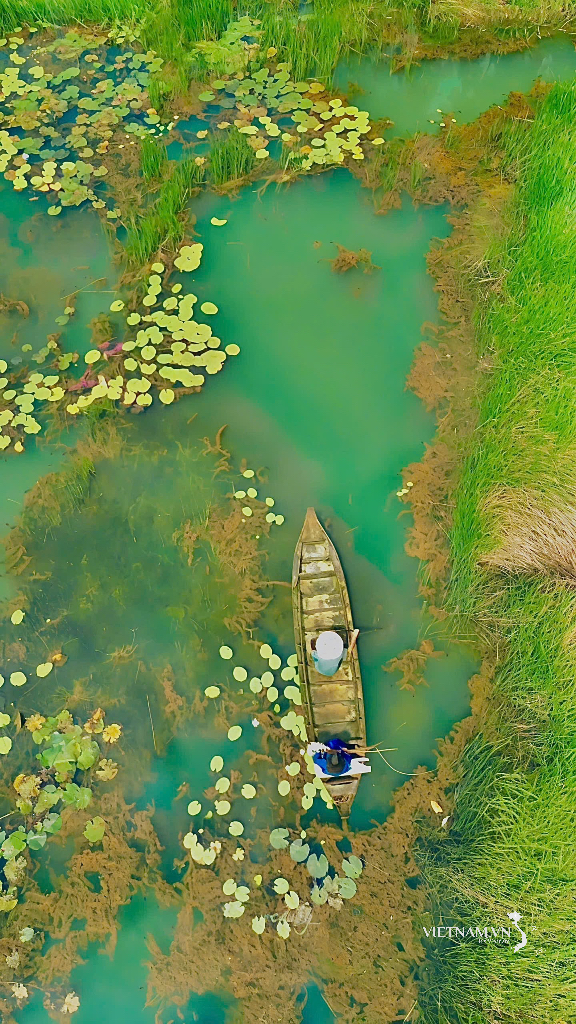

Comment (0)